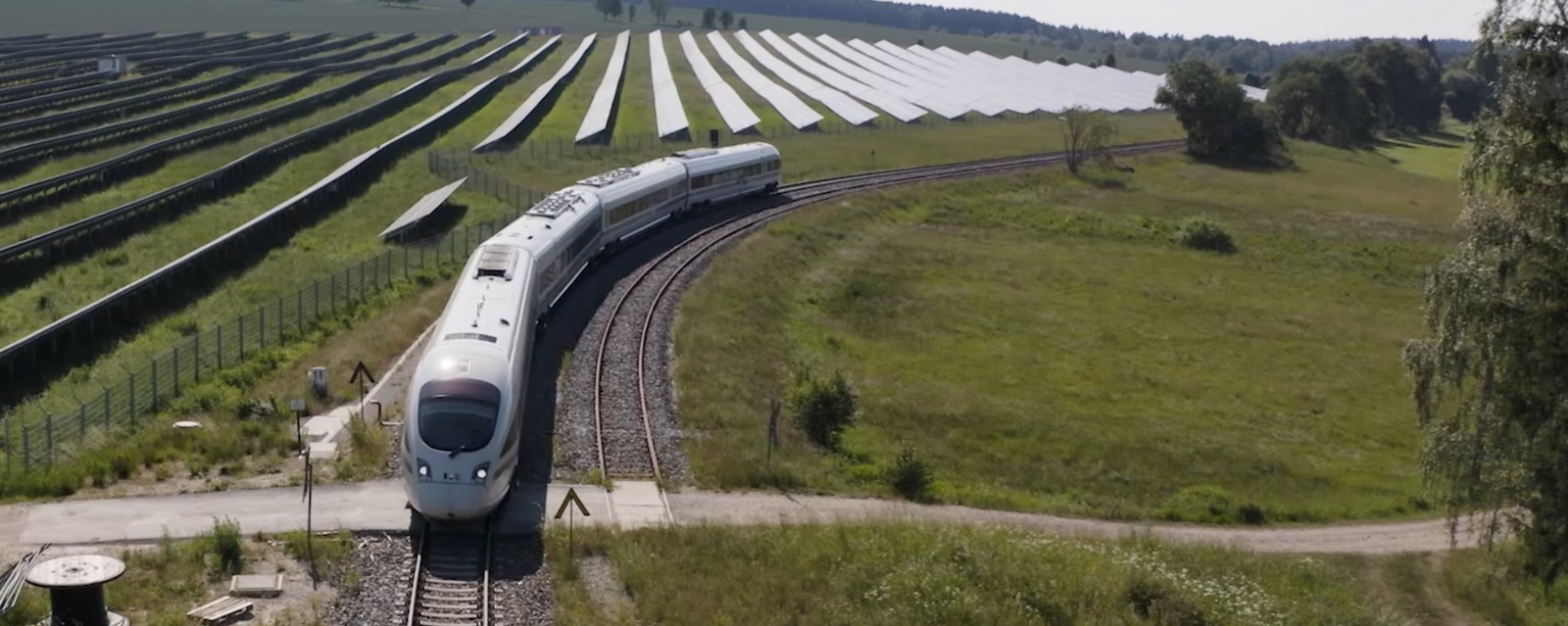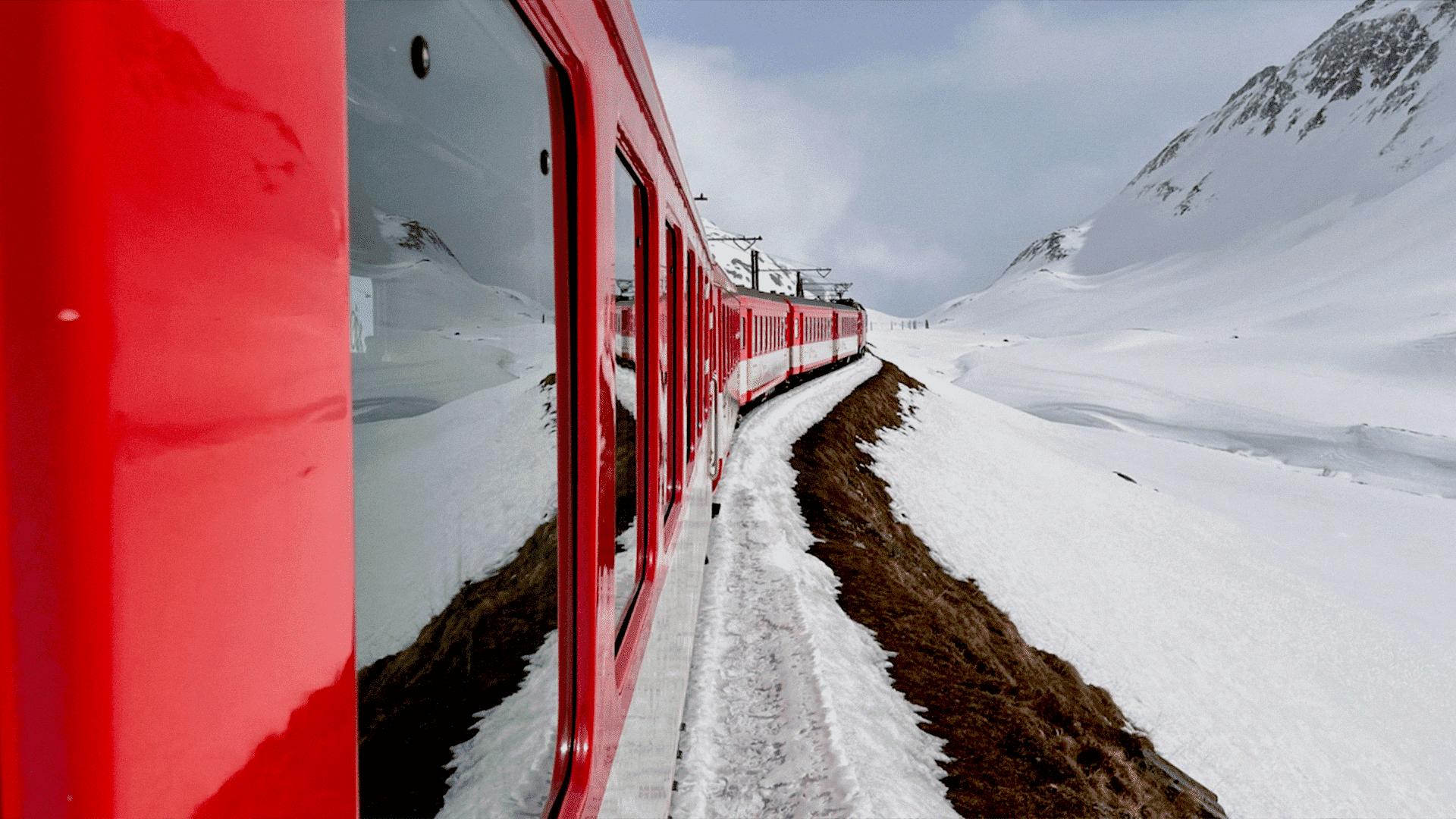How to Meet the German Railway Infrastructure Targets
The Federal Ministry for Digitalization and Transportation and the DB Netz have set ambitious goals. How will they be achieved?

The Federal Ministry for Digitalization and Transportation and the DB Netz have set ambitious goals. How will they be achieved?
Where are we now and where are we going?
To understand what is needed, we need to understand the Delta between then and now.
The status quo:
- 3500 km railway (10% of network) at 125% (!) utilization without, 150% with construction work
- Only 62.7% punctuality for long distance trains (within 5min of scheduled arrival)
- Electrical railway systems (80’s/90’s) are due for replacement
- 30% of all current professionals in the industry are retiring by 2035, not enough talent entering the market
The goals by 2030:
- 51k trains per day in 2022, 59k by 2030 (+15%)
- +100% passengers
- +35% Capacity Goal
- 25% market share for goods transport

Changes necessary
There are many significant changes required towards legislation, processes and technologies we believe to be necessary:
Legislative changes
- Overhaul of the federal investment plan ("Bundesverkehrswegeplan") in favor of railways
- Drastic reduction of non-sustainable subsidies such as Diesel tax cuts and tax-less Kerosine, reinvestment into sustainable transportation modes
- Increase in truck highway fees ("LKW-Maut")
- Abolishment of personal accountability for EBA-certified validators in favor of organizational accountability and process innovation
- Significant reduction in requirements towards pre-planning ("Planfeststellungsverfahren")
- Non-profit orientation of DB Netz (in process)
Process changes
- Re-work of functional safety norms in favor of continuous verification and validation of artifacts and higher degrees of automation
- Application of best practices from aviation and automotive industry in development processes
- Machine-readable formalization of planning and operational guidelines
- Mandated use of digital planning formats
- Homogenization and simplification of planning and engineering rules
Technological changes
- National rollout of ETCS Level 2 w/o lineside signalling (see Denmark)
- Standardized and open configuration interfaces for CCS and other infrastructure components (dynamic configuration)
- Fully automated testing procedures
- Investments into distributed system test facilities for track- and train-side systems
- Further advancement of EULYNX rollout (track-side standardization)
- Further advancement of OCORA initiative (train-side standardization)
- Create an open, safe computing platform to allow use of COTS hardware for safety-critical applications (reduce cost) and reduce application-level complexity, similar to AUTOSAR and others
Conclusions
The goals defined by the Federal Government are a necessary step towards a sustainable future and a robust railway system. However, the challenge is enormous considering the cost-saving policies enforced since the privatization of Deutsche Bahn. With human capital becoming increasingly scarce across all industries but especially in railways, the only pragmatic approach to accomplishing the goals must be through more efficient and effective project execution as well as an increase in funding.